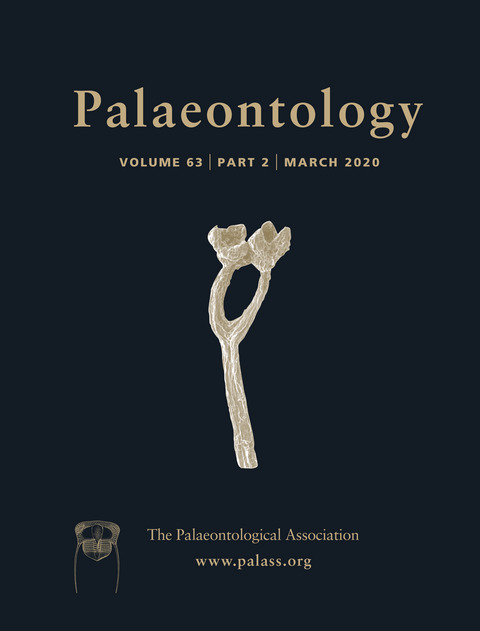Reg. Charity No. 1168330

Featherstars, comatulid crinoids that shed their stalk during their ontogeny, are the most species‐rich lineage of modern crinoids and the only ones present in shallow water today. Although they are of considerable palaeontological interest as a ‘success story’ of the Mesozoic Marine Revolution, their fossil record is relatively species‐poor and fragmentary. New Spanish fossils of the Cretaceous featherstar Decameros ricordeanus preserve the shape and configuration of nervous and circulatory anatomy in the form of infilled cavities, which we reconstruct from CT scans. The circulatory system of D. ricordeanus was relatively extensive and complex, implying a pattern of coelomic fluid flow that is unique among crinoids, and the peripheral parts of the nervous system include linkages both to the circulatory system and to the surface of the body. A phylogenetic analysis (the first to include both living and fossil featherstars and which includes characters from internal anatomy) recovers D. ricordeanus among the lineage of featherstars that includes Himerometroidea, Tropiometra and ‘Antedonoidea’, among others. D. ricordeanus is larger than almost any modern featherstar, and its elaborate coelomic morphology appears to be a consequence of positive allometry. All featherstars with coelomic diverticula are shown to belong to a single comatulid subclade, and this feature may constitute a synapomorphy of that group. Some preservation of cavities corresponding to soft tissue is probably not exceptional in fossil crinoids, providing an opportunity to study the diversity and evolution of extinct anatomical systems typically only preserved in Lagerstätten.